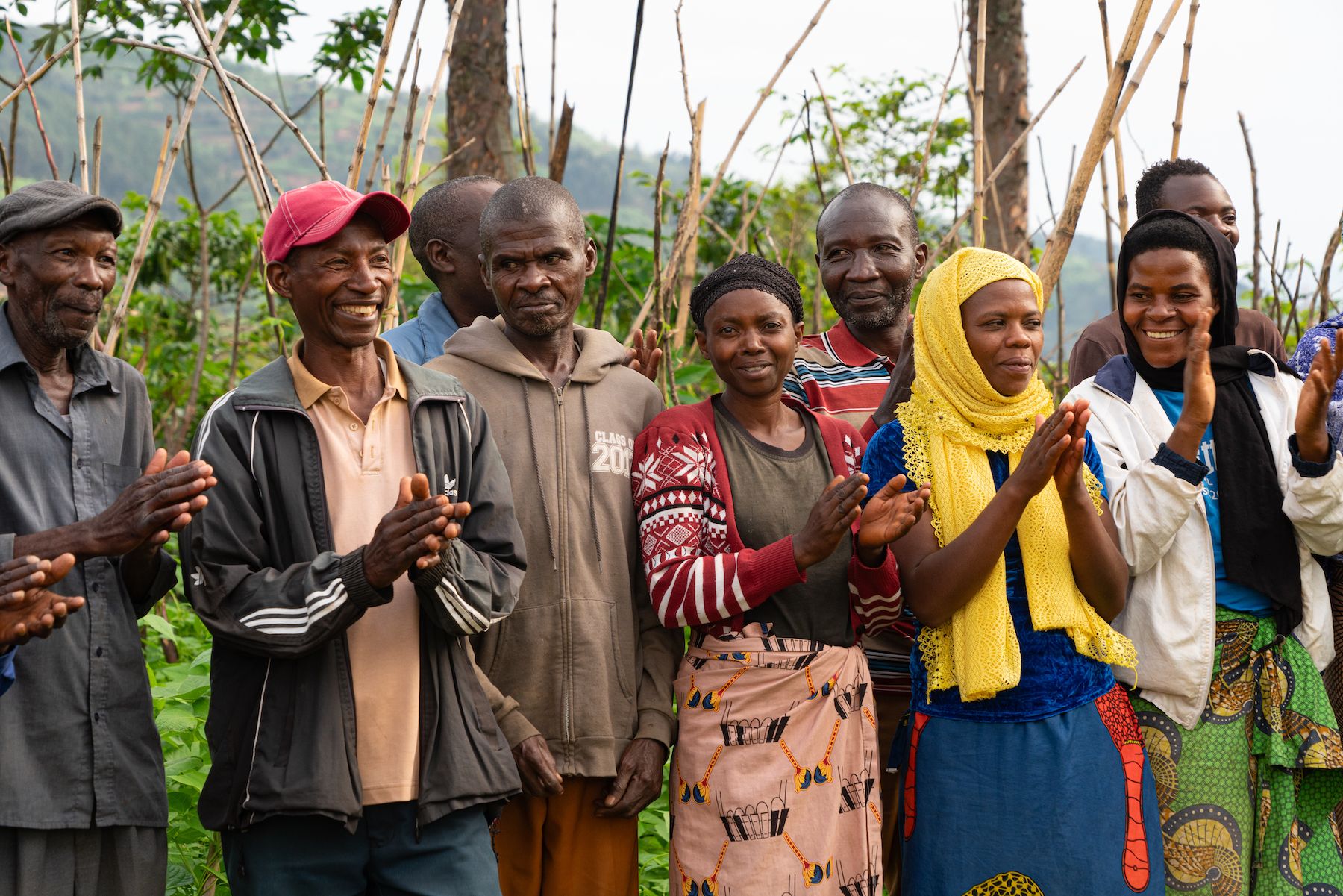NAVIGATING 2024: Market challenges and key takeaways
In 2024 investments in the VCM slowed as investors awaited clearer signals. Concerns over the effectiveness of Carbon Dioxide Removal (CDR) projects, especially avoidance projects like REDD+, fueled skepticism, impacting the entire Nature-based Solutions (NbS) market. According to SBTi (Feb 2024), concerns about carbon credit quality remained a major deterrent for companies. Yet, NbS remain critical, accounting for one-third of necessary climate mitigation (data source: UNEP).
Meanwhile, new initiatives emerged to strengthen VCM governance. The Integrity Council for the Voluntary Carbon Market (ICVCM) implemented its 10 Core Carbon Principles (CCPs), while SBTi clarified its Beyond Value Chain Mitigation (BVCM) guidelines and UN-approved crediting mechanisms (Article 6.2 and 6.4) made progress. These frameworks shape a high-integrity VCM, for both supply and demand.
Given this landscape, investors should prioritize securing high-integrity carbon credits by evaluating projects individually and selecting those that adhere to the most rigourous integrity standards.
To identify high-integrity projects, download our guide and find out which criteria to include in your investment strategy.
HIGHLIGHT #1 Core benefits: Projects that tick all the boxes
When investing in a nature-based CDR project, evaluate its multifunctionality. High-integrity projects not only create carbon sinks but also maximize positive impacts on communities and ecosystems, known as “core benefits”. NbS cover a range of project types, such as Afforestation, Reforestation, and Revegetation (ARR), Agroforestry, Improved Forest Management (IFM), Improved Agricultural Land Management (IALM), and Wetlands Restoration and Conservation (Blue Carbon). These projects should deliver long-lasting and multifunctional benefits across biodiversity, community livelihoods, and soil-water system improvements.

The question everyone is asking #1
Do international carbon standards assess core benefits? Leading carbon standards like the Verified Carbon Standard (VCS) and Gold Standard require projects to demonstrate measurable contributions to at least three Sustainable Development Goals (SDGs). However, for more in-depth verification, investors may consider additional certifications like the CCB Standards from Verra.
HIGHLIGHT #2 Additionality and conservativeness: A winning combination
Additionality is a critical factor, as carbon removals must not occur without carbon finance. The criteria for proving additionality vary across standards but generally require demonstrating that VCM funding is essential for the project’s viability. Conservativeness is equally important and relies on two factors:
1. Baseline scenarios: Establishing what would happen in the absence of the project, including climate, biodiversity and community impact baselines, ensuring alignment with your objective of investing in projects that deliver multifunctional core benefits.
2. Carbon quantification: Ensuring that the number of credits issued accurately reflects actual removals while preventing overstatement. Adopting a reasonably conservative approach is essential for upholding the integrity of the VCM.
The question everyone is asking #2
Do forest-based CDR projects meet additionality and conservativeness criteria? Forests are among the most effective carbon sinks. With decades of scientific research backing their carbon sequestration potential, their removals can be modeled and verified with high accuracy. Deforested or degraded lands provide clear baselines, strengthening additionality assessments.
HIGHLIGHT #3 A commitment to transparency, fairness and traceability
Strong governance is essential for high-integrity carbon removal projects. Key aspects include:
- Full transparency: Ensuring clear disclosure of decision-making processes
- Robust benefit-sharing: Ensuring fair distribution of financial and social benefits
- Enhanced traceability: Ensuring long-term monitoring of carbon credit transactions
- Third-party validation and verification: Ensuring the achievement of claimed emission removals and other targets
These four factors are critical to maintaining the overall quality of issued carbon credits, ensuring the consistency and credibility of the VCM.
The question everyone is asking #3
How can fair value distribution be ensured? Benefit-sharing guarantees that financial, social, and environmental project benefits effectively reach local communities, indigenous peoples, and landowners. This approach aims to ensure fairness, inclusion, and alignment of incentives with the needs of local communities. Trusted carbon programs incorporate these principles into project design documentation.
HIGHLIGHT #4 Monitoring and reporting: Proof is in the impact
Monitoring evaluates whether a project successfully meets its carbon removal and core benefit targets. It ensures that expected impacts are taking place as planned and that the baseline assumptions guiding these estimations remain valid over the project’s lifetime. A combination of field protocols, remote sensing, and geomatics tools is needed to monitor the stability and health of ecosystems, as well as their impacts on nature and local communities.

The question everyone is asking #4
What does a third-party validated monitoring plan tell us? A monitoring plan is a fundamental document that outlines the procedures for data collection, key impact indicators, and steps to track project performance. It must be based on transparent, scientifically validated methods, cover multifunctional key indicators, and be adaptable to changing conditions.
HIGHLIGHT #5 Managing risks: Mitigating and sharing the load
While permanence is a key criterion in nature-based large-scale project development, the most important takeaway is that eliminating risk entirely is impossible. Instead, understanding the in-the-field risks is essential, as these factors shape project durability, the certainty of field impacts and investment valuation. Success lies in accepting these variables and focusing on managing and anticipating them effectively, with a strong emphasis on transparency.
The question everyone is asking #5
Can in-depth due diligence actually help reduce risk? Yes. Due diligence is a critical tool for identifying and assessing risks, including human-induced risks (e.g. land use change), nature-induced risks (e.g. climatic hazards), external risks (e.g. political instability) and internal risks (e.g. key person risk). By ensuring transparency and alignment with environmental and social goals, due diligence strengthens investor confidence and secures project sustainability.
What to remember: two key takeaways to keep you on track
1) Invest in projects that meet the highest quality standards for climate, nature, and communities. Only best-in-class projects can truly support your corporate climate strategy, while strengthening market standards and ensuring real climate impact with minimal risk.
2) Contribute to positive market dynamics to restore confidence in the VCM. All stakeholders should align to uphold transparency, traceability, fair value distribution, and inclusive decision-making to drive meaningful climate action. Unlocking investment in high-integrity projects also requires risk-sharing financing frameworks backed by market players.
Are you interested in investing in a high-quality nature-based carbon removal project? Download our guide to find out more about the key criteria you should consider before investing, or contact our team of climate experts.